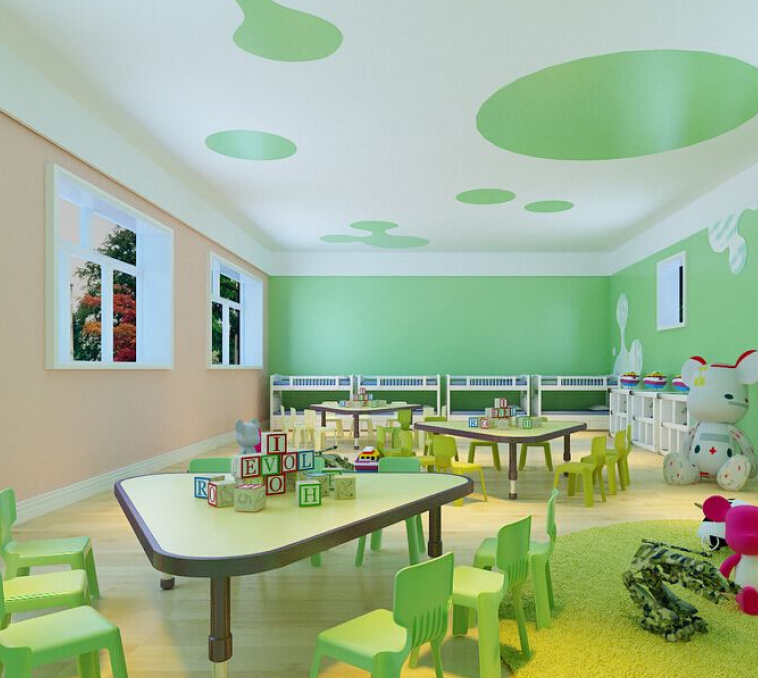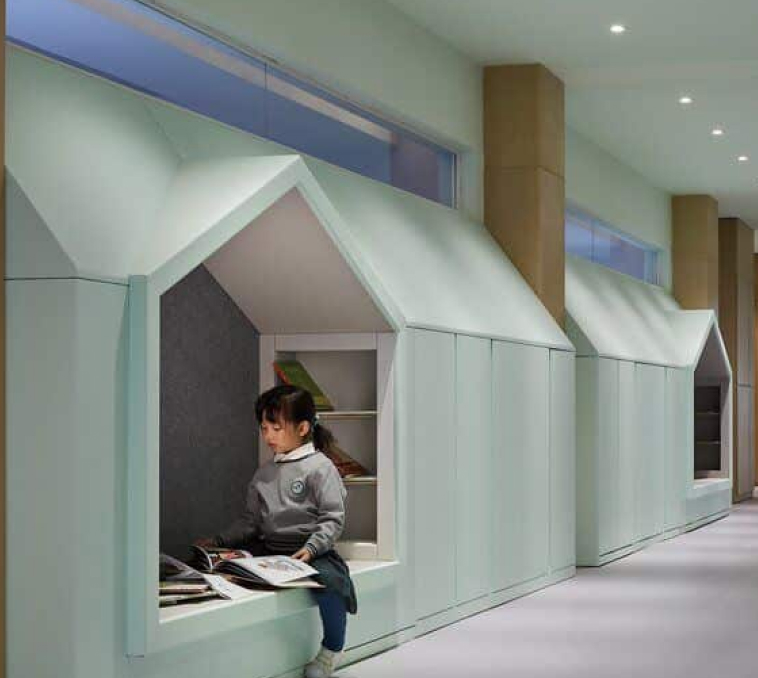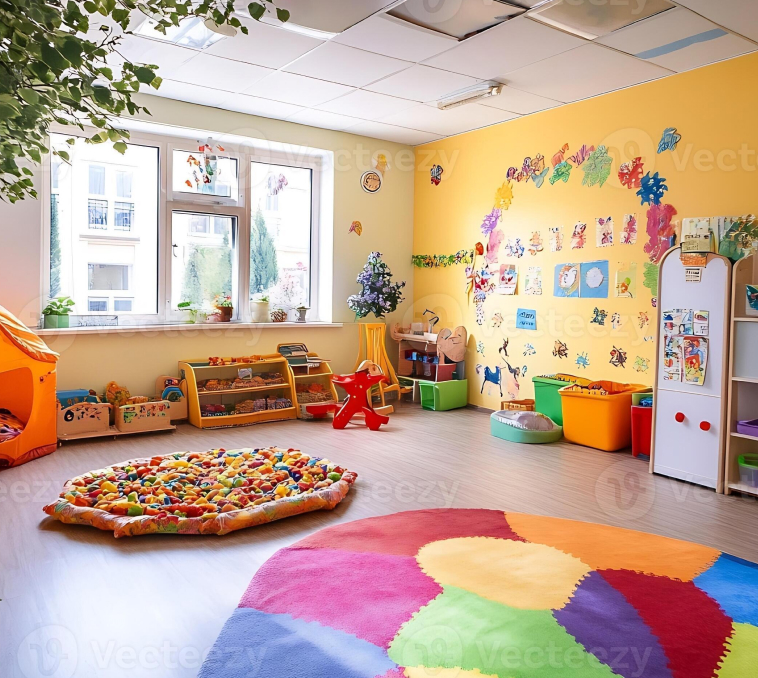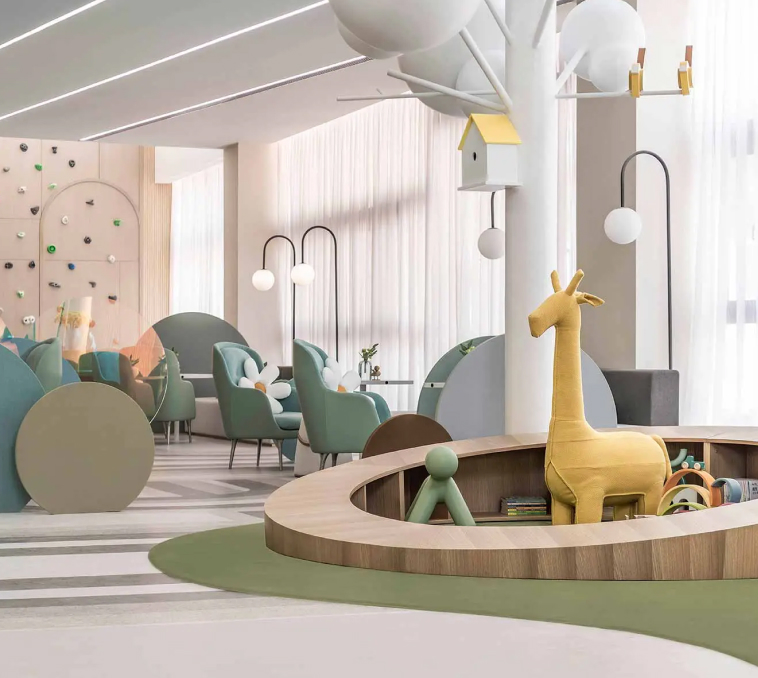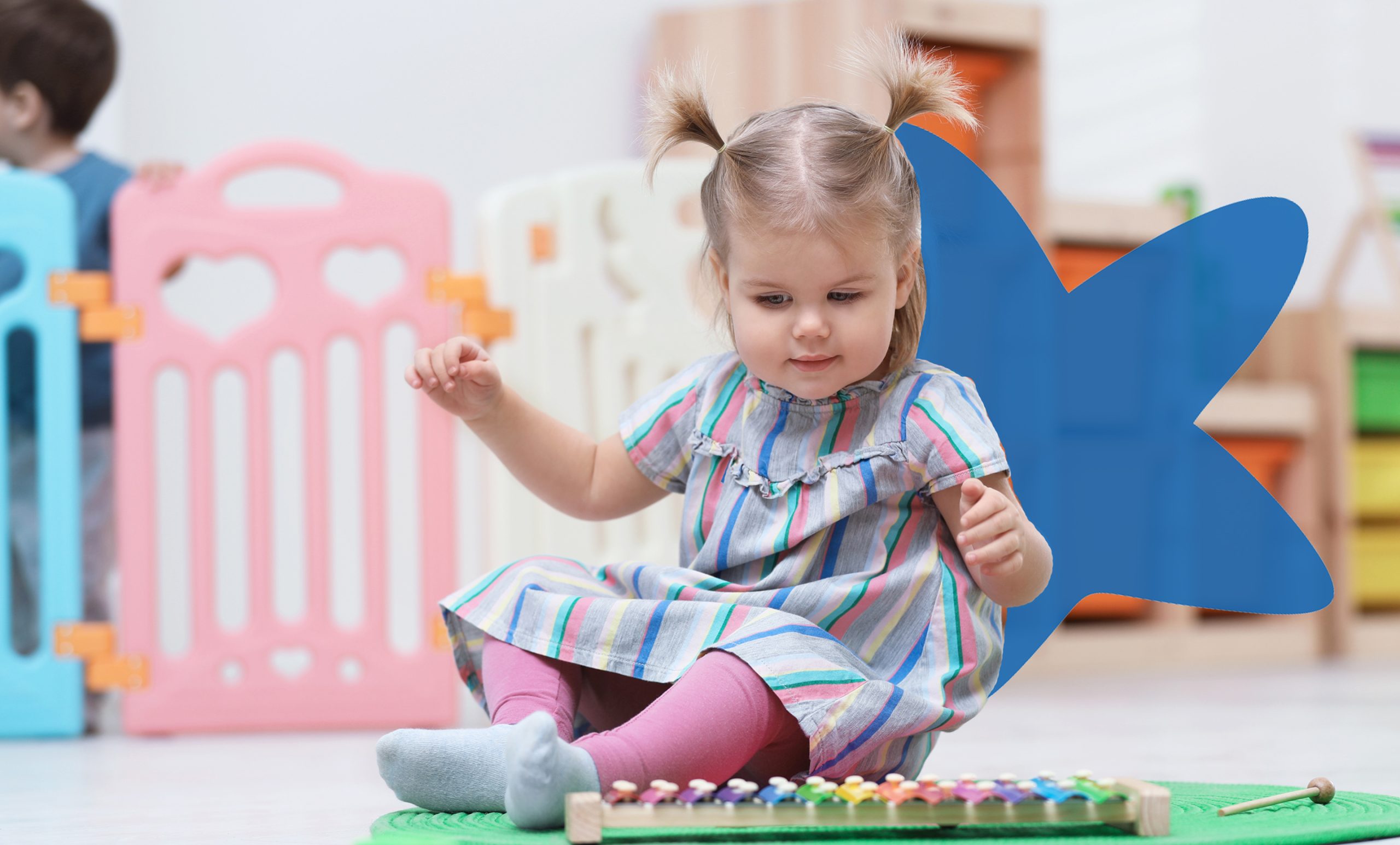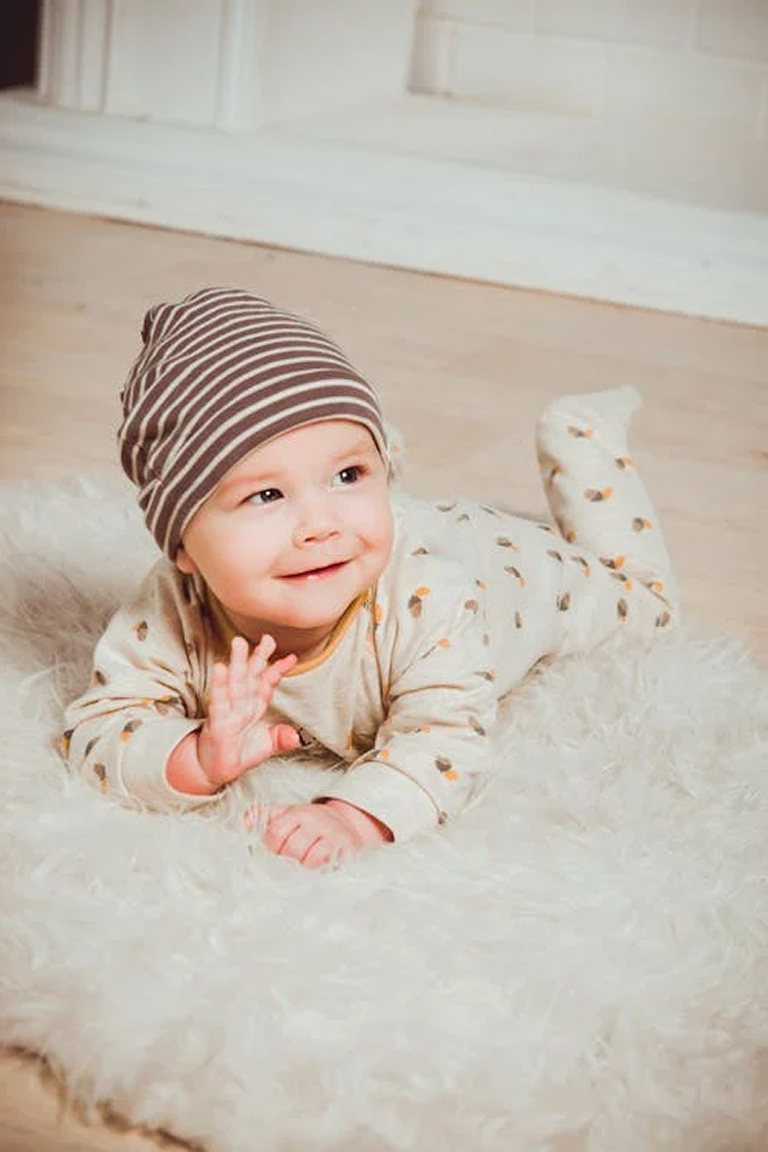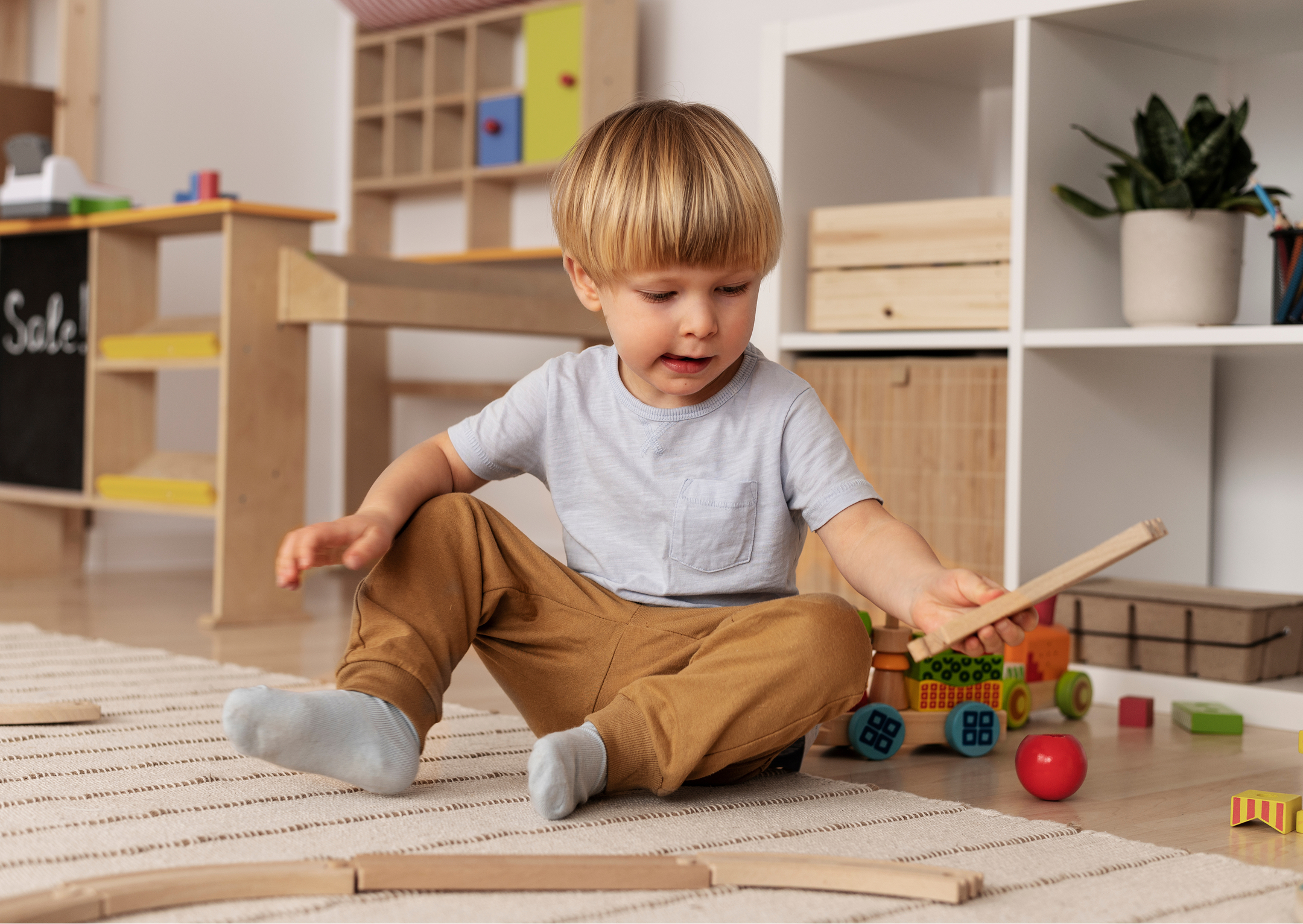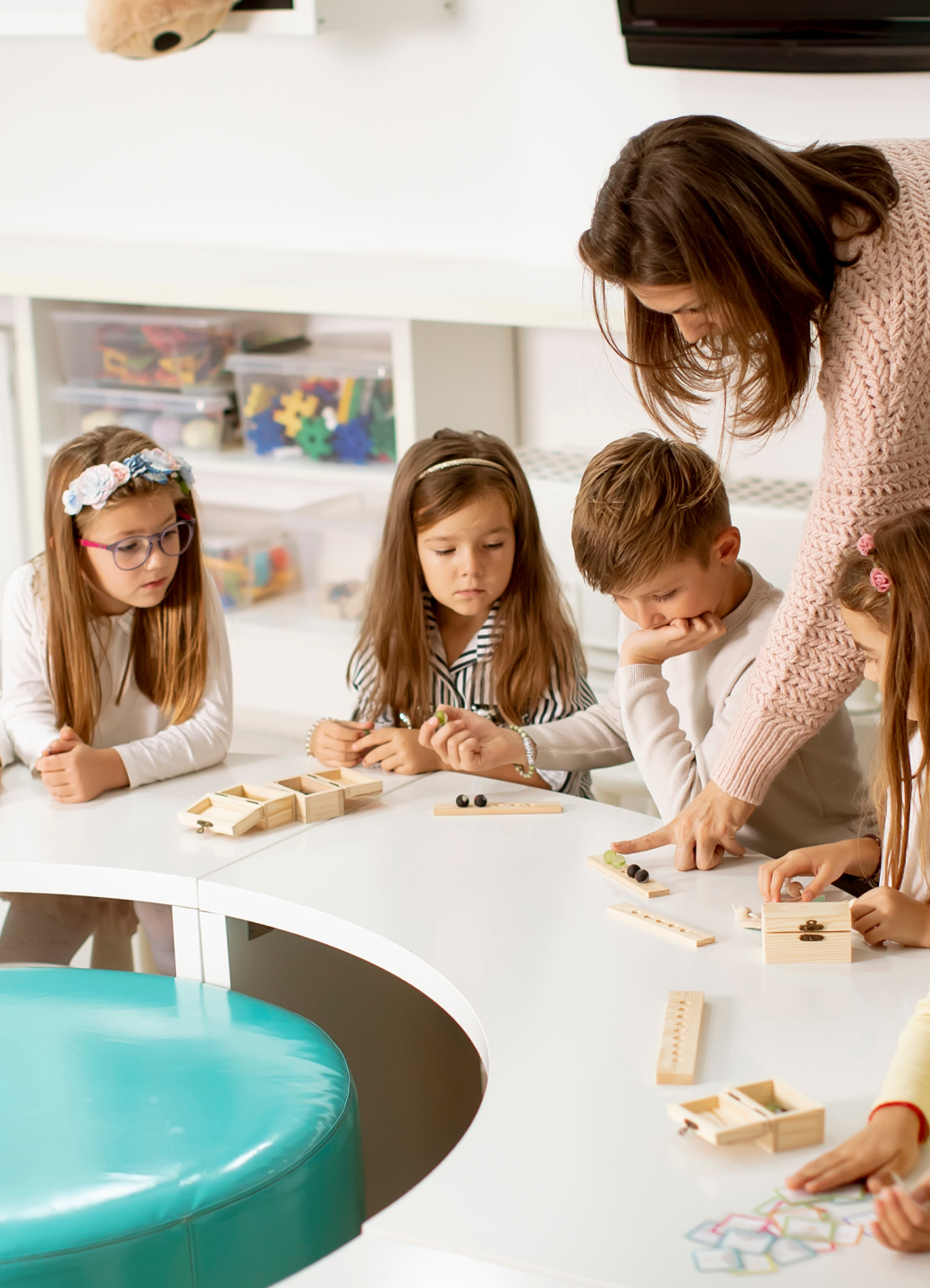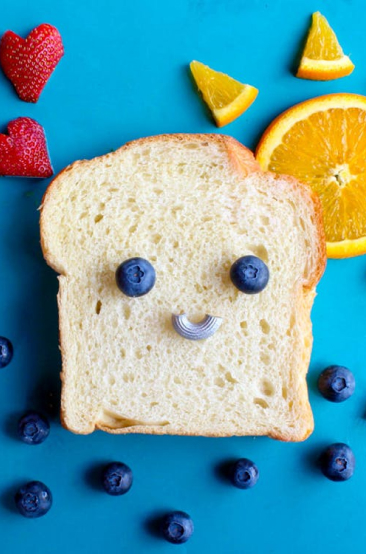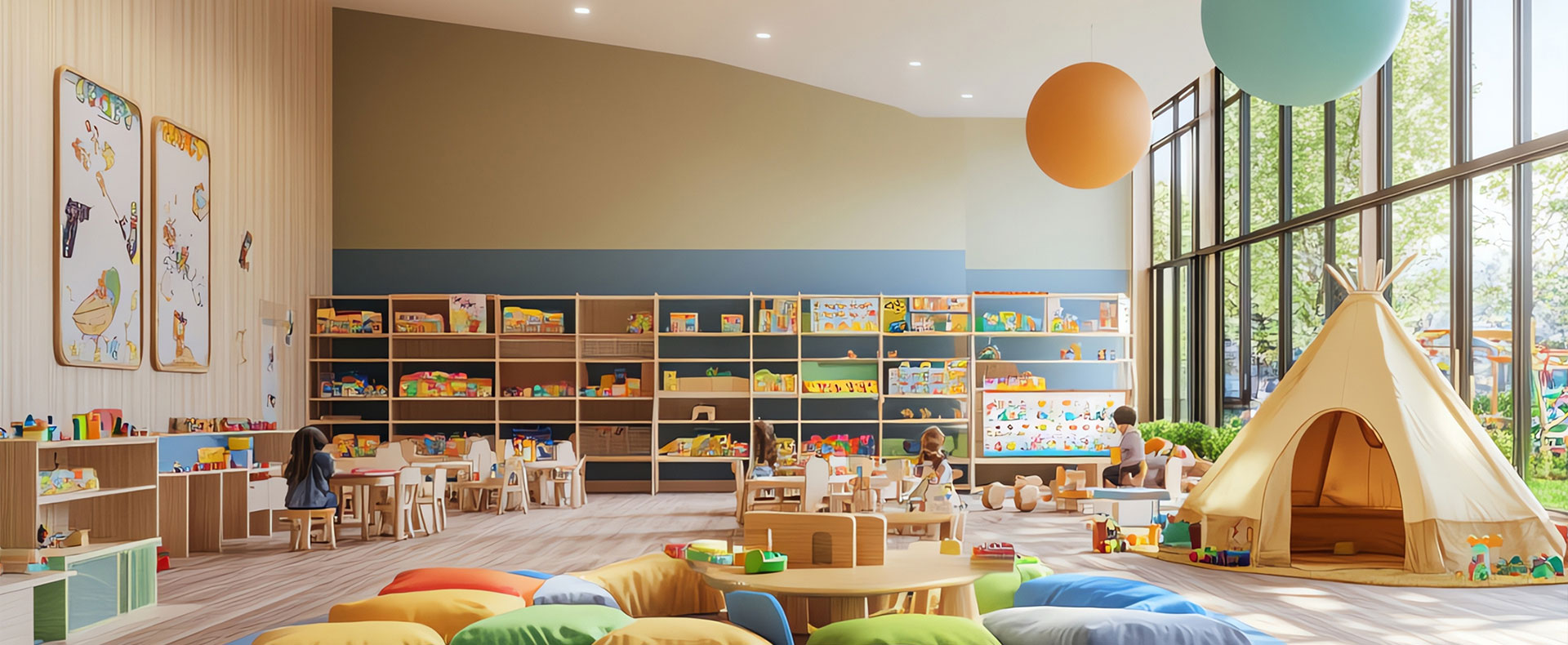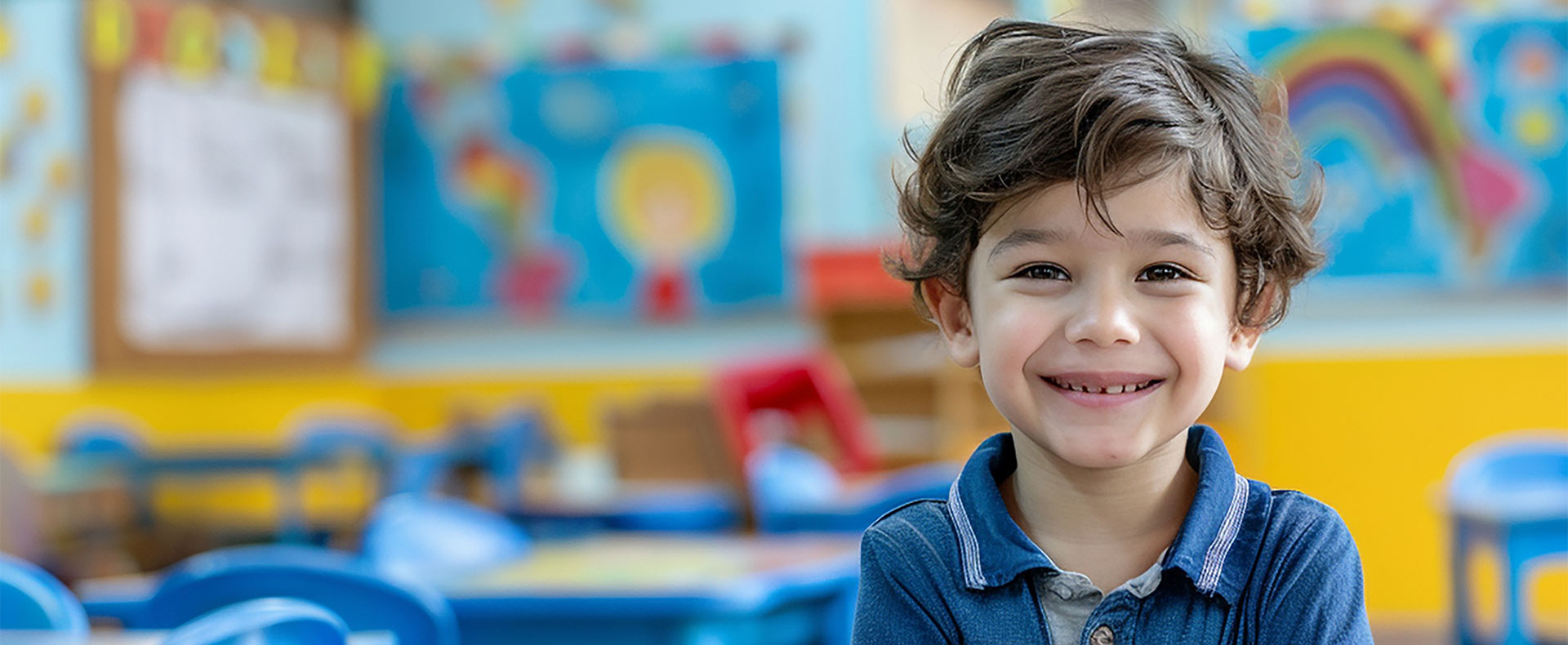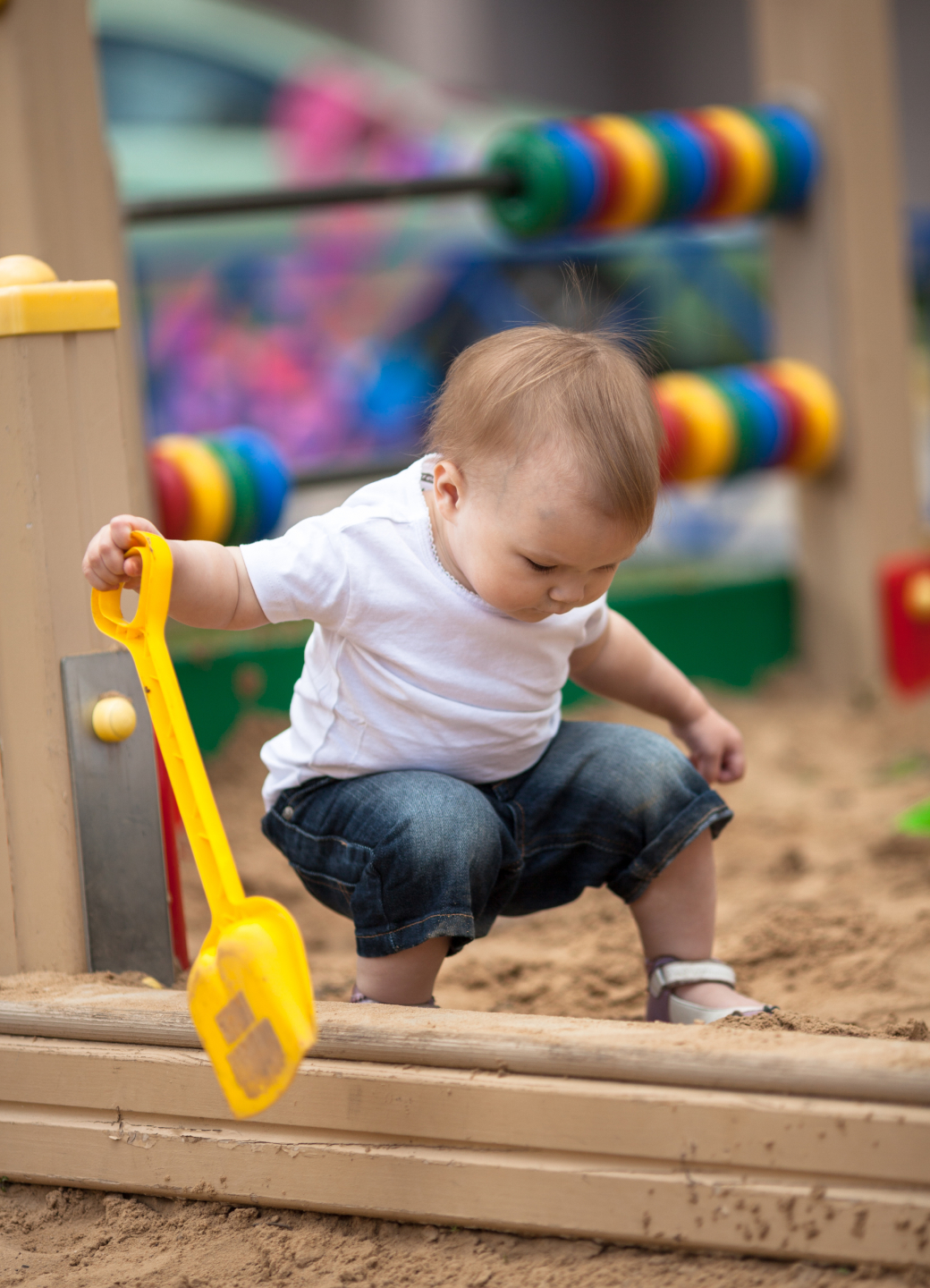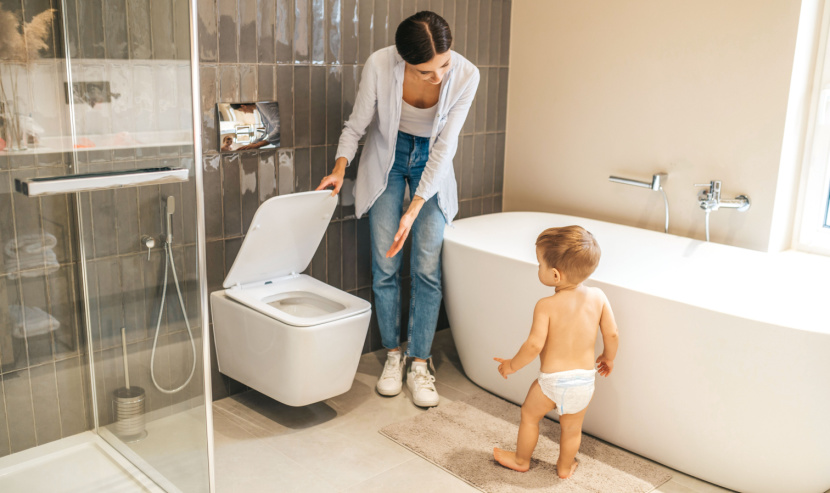
Toilet training, also known as potty training, is a significant milestone in a child’s development. It marks their transition from diapers to using the toilet independently. However, determining when a child is ready for toilet training can be a bit tricky, as it varies from child to child. In this article, we’ll explore the signs that indicate your child may be ready for toilet training and offer some tips on how to approach this important milestone.
About the signs of readiness for toilet training
Age isn’t everything. While many parents might wonder when to start toilet training, it’s essential to remember that age is not the sole indicator of readiness. Some children may show signs of readiness as early as 18 months, while others might not be ready until closer to their third birthday. It’s crucial to be patient and follow your child’s cues rather than adhering to a strict timeline.
Interest in the toilet. If your child shows curiosity about the toilet, such as watching others use it, asking questions, or wanting to flush, it’s a positive sign of readiness. Their interest indicates that they are beginning to understand the concept of using the toilet.
Awareness of bodily functions. When a child starts to recognise when they are urinating or having a bowel movement, it can be a clear sign of readiness. They may express discomfort or ask for a diaper change when they are wet or soiled, showing that they are becoming aware of their bodily functions.
Dry periods. If your child has longer periods of dryness in their diapers, especially after naps or waking up in the morning, it’s a sign that their bladder control is improving. This dryness suggests that they may have the physical capability to hold their urine for more extended periods.
Expressing independence. Many children in the toddler stage start asserting their independence. If your child begins to demonstrate a desire for autonomy, such as insisting on dressing or undressing themselves, this readiness for independence can extend to using the toilet.
Tips for successful toilet training
Create a comfortable environment. Ensure that your child feels safe and comfortable in the bathroom. Consider using a child-sized potty chair or a step stool to help them reach the toilet.
Establish a routine. Set a consistent toilet routine, such as after meals or before bedtime, to encourage your child to use the toilet regularly. Consistency is key in reinforcing the habit.
Use positive reinforcement. Praise and encouragement can go a long way in motivating your child during toilet training. Offer verbal praise, claps or small rewards when they use the toilet successfully.
Be patient and supportive. Expect accidents to happen, and when they do, remain patient and supportive. Avoid expressing frustration or disappointment, as this can create anxiety around toilet training.
Model behaviour. Children often learn by imitating adults. Allow your child to observe you or older siblings using the toilet to help them understand the process better.
Dress for success. Choose clothing that is easy to remove quickly, especially pants with elastic waistbands, to make it easier for your child to use the toilet independently.
Avoid pressure. Never force your child to use the toilet if they are resistant or not ready. Forcing the issue can lead to negative associations with toilet training.
Importance of patience and encouragement
The timing for toilet training varies from child to child, and it’s essential to watch for signs of readiness rather than adhering to a strict age-based schedule. Remember that every child is unique, and patience, positive reinforcement and a supportive approach are key to successful toilet training. Celebrate your child’s achievements, no matter how small, and provide them with the guidance and encouragement they need as they embark on this developmental journey toward independence.

